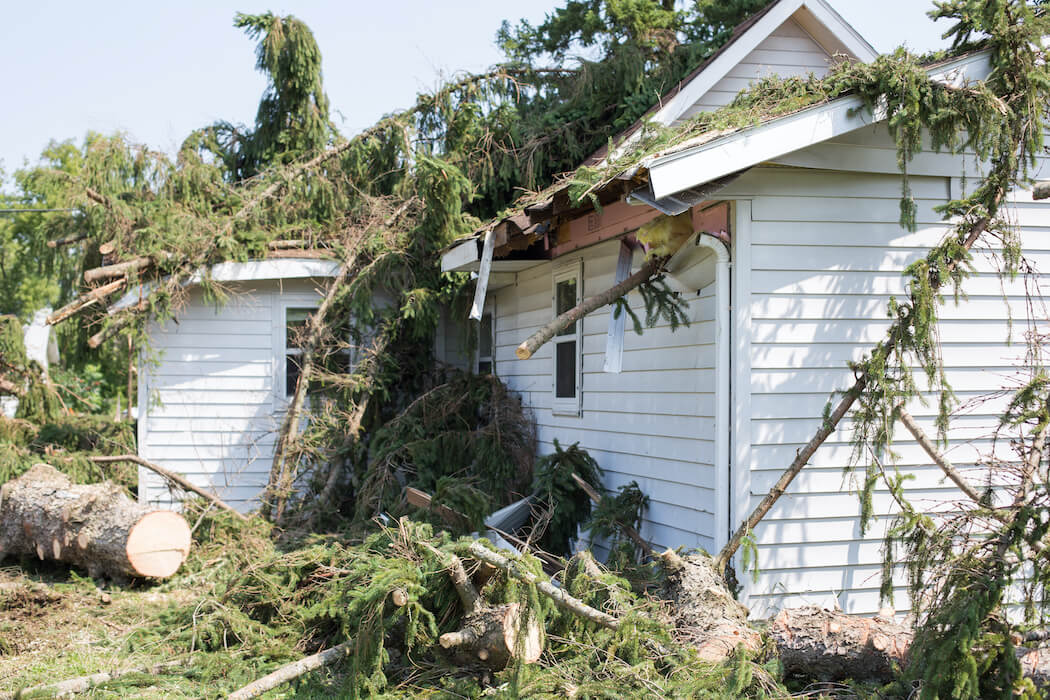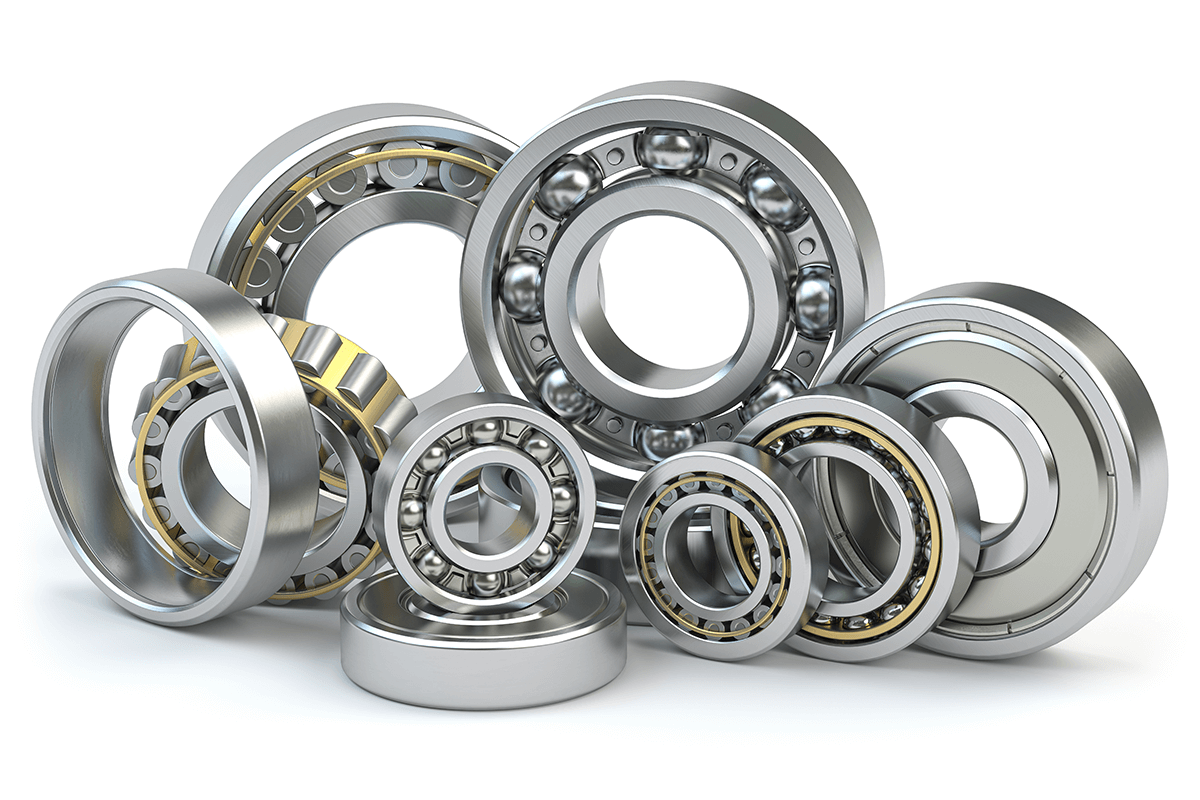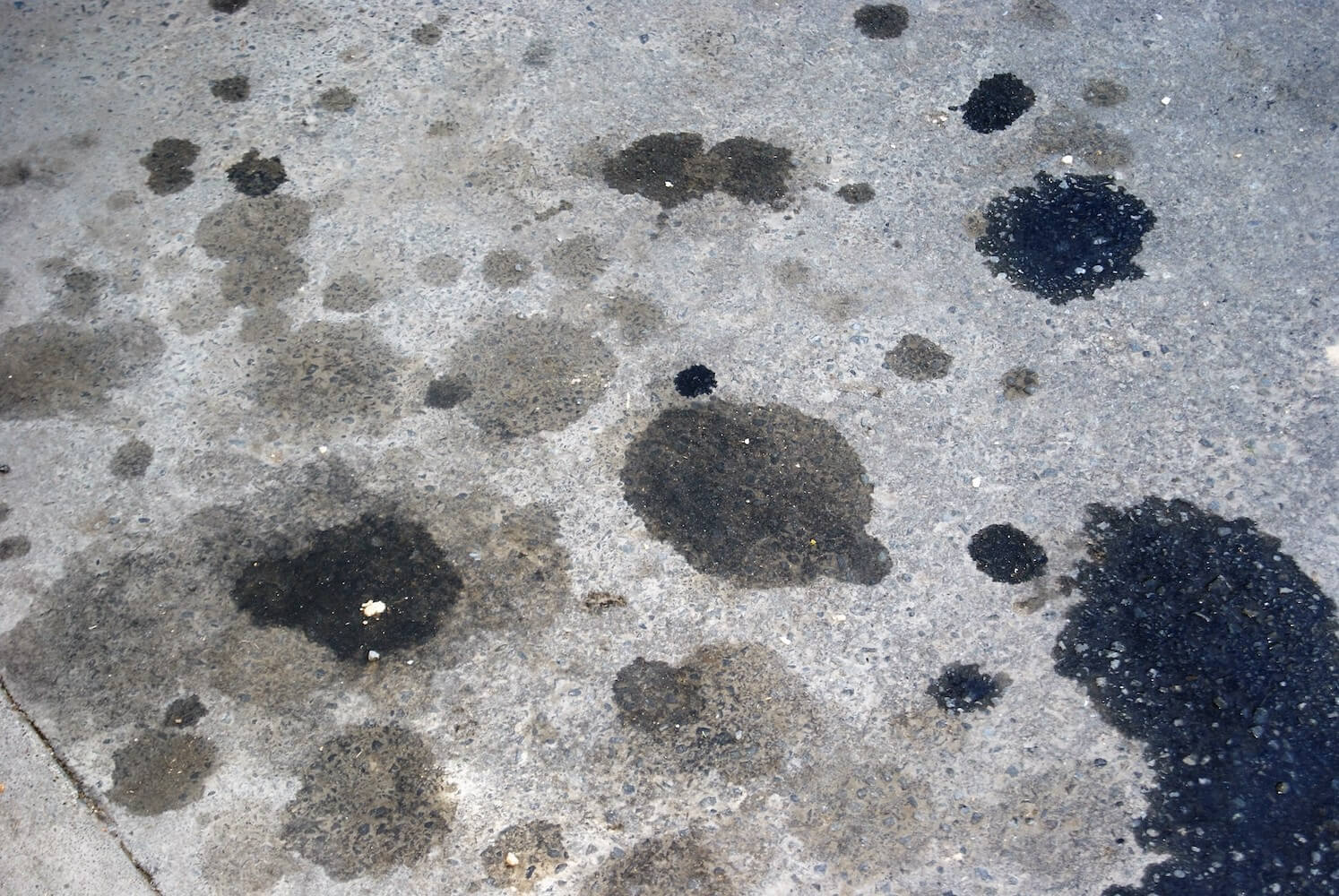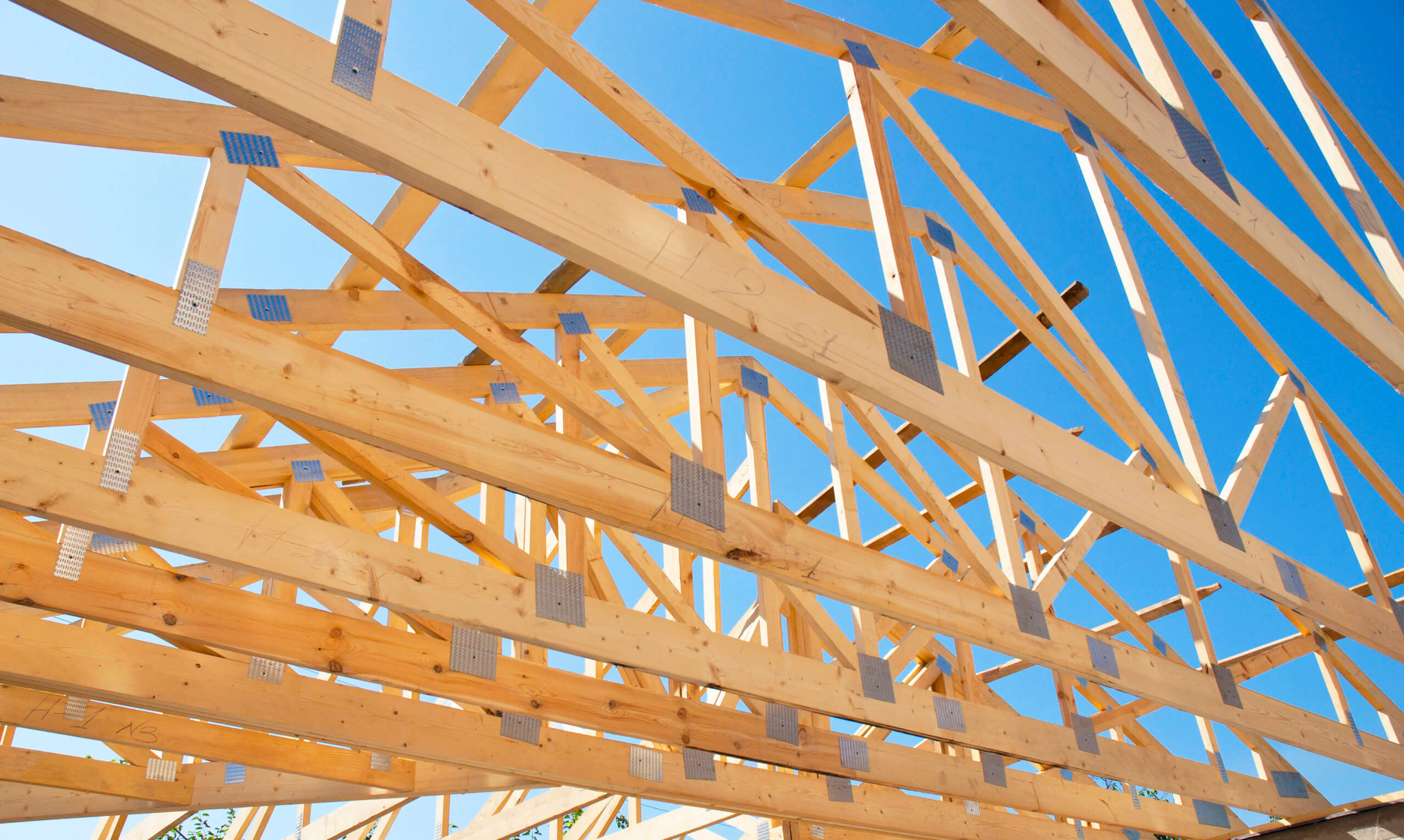Articles
For clear answers following a catastrophe
Supporting our clients with a team of forensic engineers, ready to be deployed from coast to coast in the event of a natural disaster: this is the raison d'être of CEP’s Catastrophe Response (CAT) Team.
Ready to roll?
Whether you are riding your bike, driving your car, or even using an elevator, bearings are part of our daily lives. Most of the time, we don't notice them... except when a failure affects our activities!
File handling and the fable of the tortoise and the hare... the same lesson to be learned!
If Aesop illustrated the handling of litigation files ... he would try to make people understand that it is important to begin immediately. In the famous fable the tortoise and the hare, our friend the tortoise, through regular and tireless work, won a race which seemed unattainable at the start!
Keeping Boilers Safe
The first boiler with a safety valve was designed by Denis Papin of France in 1679; boilers were made and used in England by the turn of the 18th century. Early boilers were made of wrought iron and riveted; as the advantages of high pressure and temperature were realized, manufacturers turned to steel and welding was accepted by the ASME Code in the 30’s.
Oil and Concrete: the effects of contamination on structural elements
Oil spills and leaks happen, particularly in structures that deal with the storage, transport, or processing of oil products. Contamination can occur through a variety of avenues, but the main concern when dealing with contaminated concrete (outside of the environmental issues) is whether the structure is still sound. What do these leaks or spills do to the concrete below them?
Wood Truss Repairs - Determining the Best Option
Today, wood trusses are the most common way to frame the roof on a wood-framed building. They offer a high weight-to-strength ratio, long spans, good speed of installation, and a multitude of possibilities for the shape of the roof and the ceiling underneath. Wood trusses can be engineered to span over 25 m (80 ft), and buildings that require large clear spans, such as farm buildings, can also be accommodated.
Subscribe to our newsletter and never miss our news!






